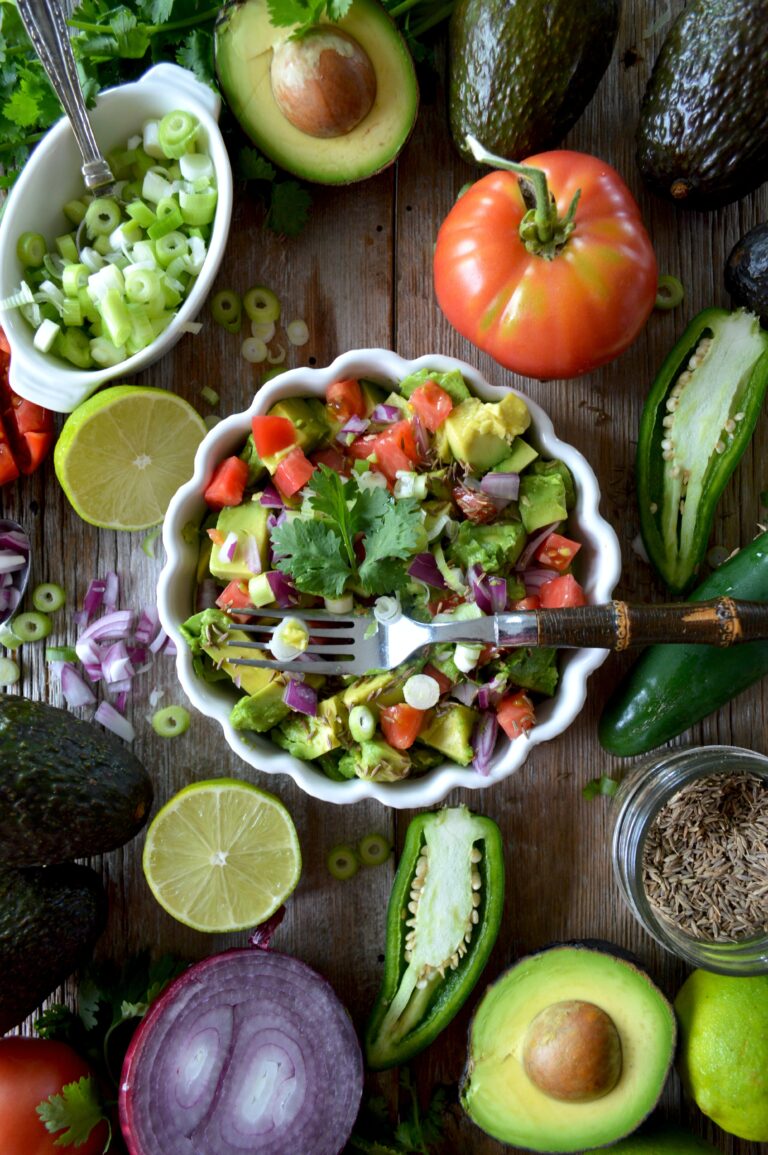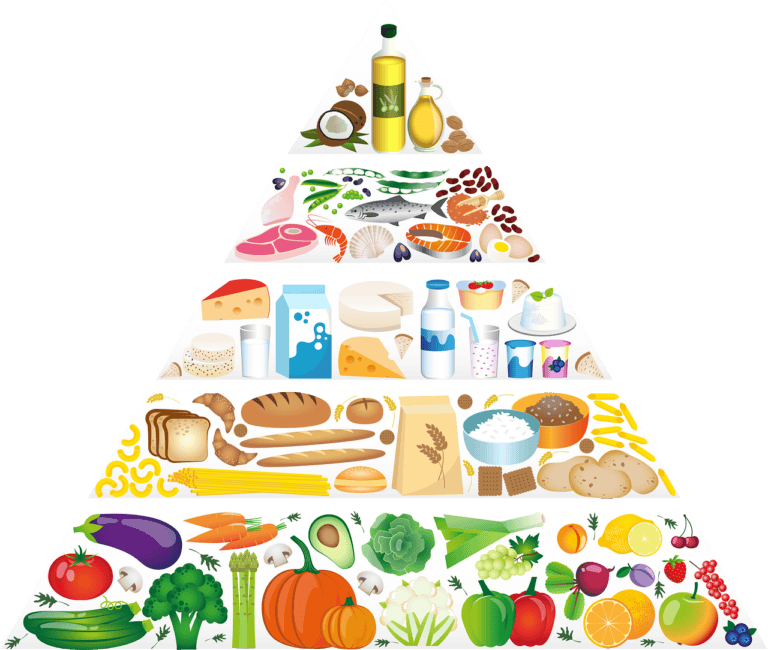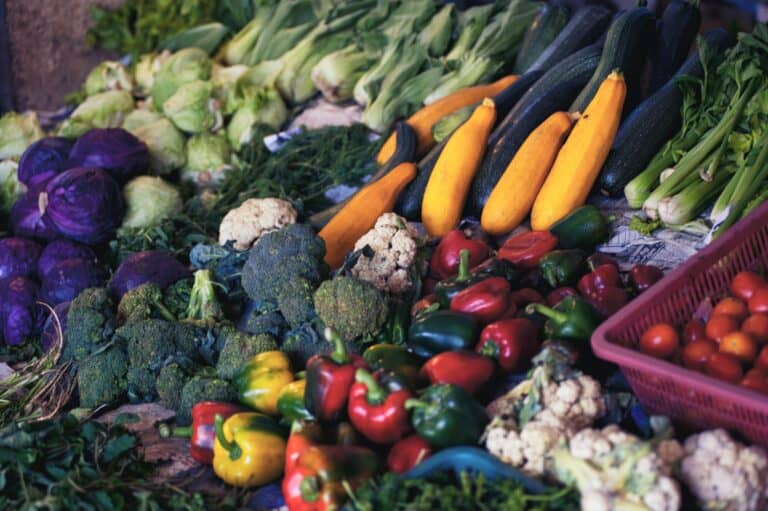Today it seems there are new diets popping up every day. The nice thing about a lot of modern diets is, they are not specifically aimed at weight loss. A lot of them boost health in general with weight loss as a bonus.
So what about the keto diet? Will it help you lose weight? This article will explain what the keto diet is so you can determine if it will be assist in bringing you closer to your weight loss goals.
What is the Keto Diet?
The keto diet is high in fat, moderate in protein and low in carbs. It is believed to aid the body in reaching ketosis, a metabolic state where fats are transformed into ketones which provide energy to the brain. After a few days on the diet, the body becomes more efficient at burning fat and ketones for energy instead of carbs.
The diet also lowers insulin levels to improve insulin sensitivity and aid with blood sugar management.
Can a Keto Diet Aid with Weight Loss?
There is evidence that keto diets can aid with weight loss. They help you lose fat while preserving muscle mass and lowering the risk of various diseases. Some studies have shown that they can be more effective than low-fat diets for weight loss when matched calorie for calorie.
Several studies reveal a keto diet’s effectiveness in promoting weight loss. One study showed that people on a ketogenic diet lost 2.3 times more weight than those on a low-fat, low-calorie diet. They also showed improved triglyceride and HDL levels.
Another study compared a low carb diet to the Diabetes UK’s dietary guidelines. Those on the low carb diet lost 15.2 lbs. while participants on the low-fat diet lost only 4.6 lbs. in a three-month period. Results showed that a low carb diet can cause 3 times more weight loss.
How Does a Ketogenic Diet Promote Weight Loss?
A keto diet promotes weight loss in the following ways:
- High in Protein: Keto diets are high protein. Protein helps you feel fuller longer, so you snack less. It also gives you the energy you need to reach your fitness goals.
- Gluconeogenesis: This is the process of your body converting fat and protein into carbs for fuel. It may help you burn additional calories.
- Appetite Suppressant: The protein and fats in a keto diet work as an appetite suppressant so you snack less.
- Decreased Fat Storage: Keto diets may reduce lipogenesis, the process of converting sugar into fat. It causes excess carbs to be stored as fat which are then used for energy.
- Increases Fat Burning: Keto diets may slightly increase the amount of fat you burn each day. However, more research is needed to establish whether this is the case.
If you are trying to lose weight, a keto diet may be your best solution. It speeds up the metabolism, reduces appetite and lowers the risk of various diseases. Will you be trying it out when you are looking to reach your weight loss goals?



